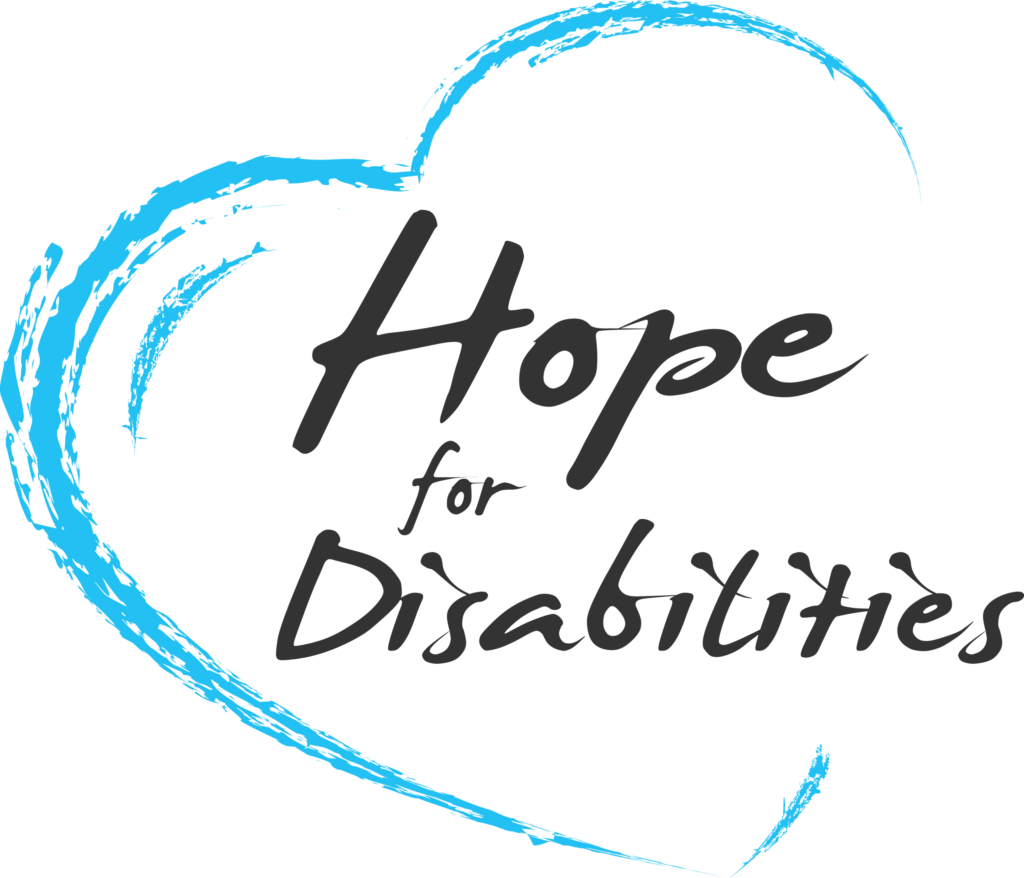Autism Spectrum Disorders
In simple terms, autism or the Autism Spectrum Disorder (ASD) can be described as a developmental disability that affects an individual as a child (baby/toddler) and may continue into adulthood. The primary symptoms of these conditions, as defined by the Diagnostic and Statistical Manual of Mental Disorders, fifth edition (DSM-5) include:
- Trouble developing and maintaining social relationships
- Difficulty communicating
- Displaying or engaging in repetitive/fixated behavior
Depending on the severity of the condition, the symptoms of autism can be treated up to a certain extent. This largely depends on how soon the autism symptoms are noticed. Treatment is likely (not guaranteed) to be more effective when the symptoms are diagnosed at the earliest. While the term autism is used in a generic manner, there are different conditions under the Autism Spectrum Disorder that affect different individuals.
Conditions Under Autism Spectrum Disorders
All the following conditions develop during infancy or childhood, mostly before the age of three years. Studies reveal that males are more affected by autism than females. Four conditions fall under ASD, as defined by the DSM-5. These disorders, formerly known as Pervasive Developmental Disorders have been explained here.
Kanner’s Syndrome/Classic Autistic Disorder
This disorder is most common in children, and the most severe too. Mainly characterized by delayed speech development, there are several other symptoms of autism of this type. For one, they prefer to stay on their own, are very resistant to change, and are prone to performing repetitive movements constantly (though their general attention span may be low for other activities). They may also not respond well to loud noises and clatter. They do not understand jokes, innuendos, and emotions. While those with mild autism may fare relatively independently, those severely affected may not be able to do so. This condition is usually affected children when they are three years of age or younger.
Asperger’s Syndrome
Asperger’s syndrome is a less severe form of autism that may affect children and grow into adulthood. It is sometimes also referred to as high-functioning autism. Here, the problems with social interaction and communication are lesser than those with the classic autistic disorder. They also perform very well on tests of intelligence, scoring an average or above average figure. On the other hand, if they happen to get interested in a subject, they will ensure that they learn everything about it, and talk only about it. They may not respond to attempts at conversation or give others a chance to speak while they are speaking. Their level of social interaction is limited to individuals who interest them. Also, because those with Asperger’s syndrome are so enticed with particular subjects, they find it difficult to bond with other individuals. They take everything in the literal sense and do not understand jokes or sarcasm.
Childhood Disintegrative Disorder
A child with childhood disintegrative disorder may display symptoms similar to the aforementioned autism symptoms. However, an important point to note is that their stages of development (communication and language, motor skills, etc.) are normal up to the age of 2-3 years. Thereon, they may have a loss of vocabulary that is worse than those affected by the classic autistic disorder. Further, their motor and social skills are also worse affected to the point that they may lose control over their bladder. Their IQ levels are very low, and some affected children may also suffer from seizures. This condition affects boys more often than girls. While some treatment may be administered to reduce the progression of this condition, it is not completely treatable.
Pervasive Developmental Disorder (Not Otherwise Specified) (PDD-NOS)
Children are classified as having the pervasive developmental disorder not otherwise specified when their symptoms are similar to those of the different types of autism spectrum disorders but do not completely match them. For instance, they may display a few symptoms such as lack of eye contact or inability to express emotion but may have developed language and comprehension abilities. It is also likely that they started developing these symptoms much later than others. Though considered a type of mild autism, it is possible that one symptom may be more severe than another. Diagnosing and treating this condition may be difficult because of the vagueness of the symptoms.
Diagnosing and Treating Autism Spectrum Disorders
A proposal has been made by the DSM-5 to change the parameters of diagnosis of the conditions. The symptoms mentioned above are the prime symptoms that will be considered when diagnosing any condition under the autism spectrum. In short, the parameters of diagnosis are being streamlined further to make them as specific as possible and to ease the process of diagnosis. However, this development has come under a lot of criticism, because it is argued that every symptom may not be immediately visible, and a lack of diagnosis can delay the treatment process (and alter the method of treatment), thereby affecting an individual’s life.
The treatment for all of these different types of autistic conditions depends largely on the severity of the symptoms. While autism in any form cannot be treated completely, several forms of therapy are administered to make the affected individual self-sufficient and less dependent on others. Efforts may be made to improve language and communication skills, motor skills, and behavioral skills. Medication may be administered to improve the symptoms such as irritability and trouble sleeping.
If any of the symptoms of the autistic disorders mentioned above are noticed, a doctor should be consulted immediately, who may then refer you to a psychiatrist. As mentioned earlier, the sooner it is detected, the easier it is to help the individual. It is also possible to help adults with autism by providing them the different methods of therapy mentioned above. It is indeed possible to make an autistic individual self-sufficient as long as she/he is administered the right mode of treatment and is given the right kind of support.
Read more at Buzzle: http://www.buzzle.com/articles/different-types-of-autism.html
